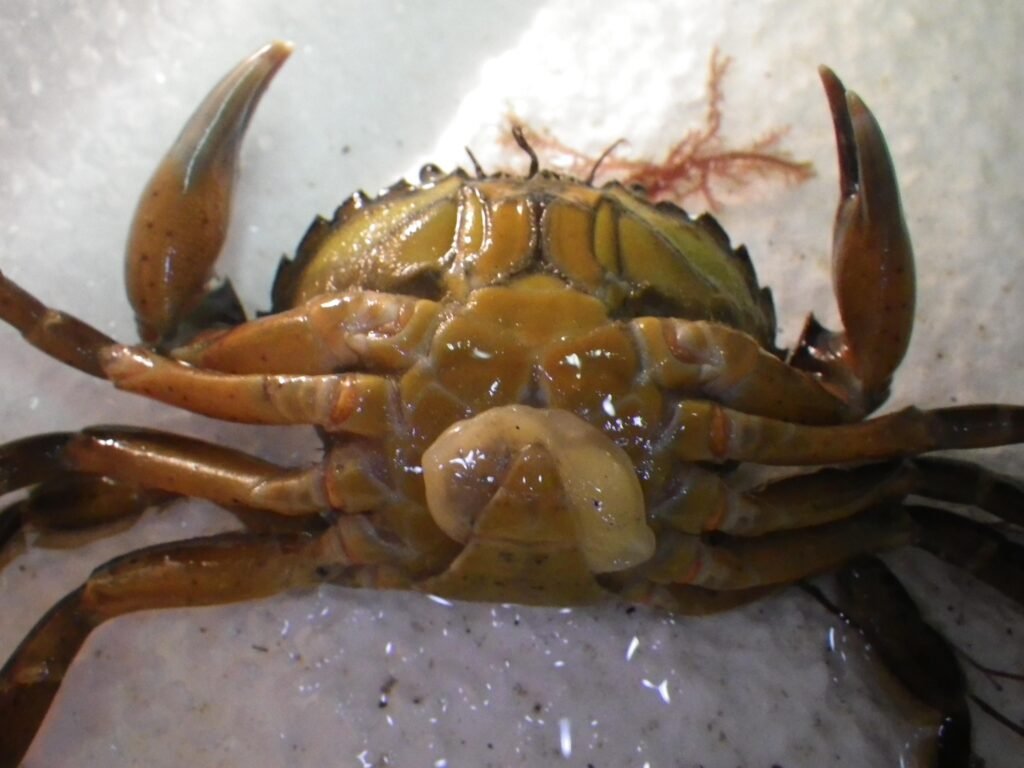Picture a world where a tiny invader slips quietly into another creature’s body, hijacks its mind, and takes over its life in ways that seem almost supernatural. This isn’t the plot of a sci-fi thriller—it’s the shocking reality for thousands of crabs living along coastlines worldwide. Their tormentor? A parasitic barnacle named Sacculina, whose twisted life cycle and mind-bending manipulations turn crabs into unwitting puppets. This eerie relationship is one of nature’s most astonishing examples of parasitism, and it reveals a dark side to the hidden battles waged beneath the waves.
A Sinister Guest: Meet Sacculina
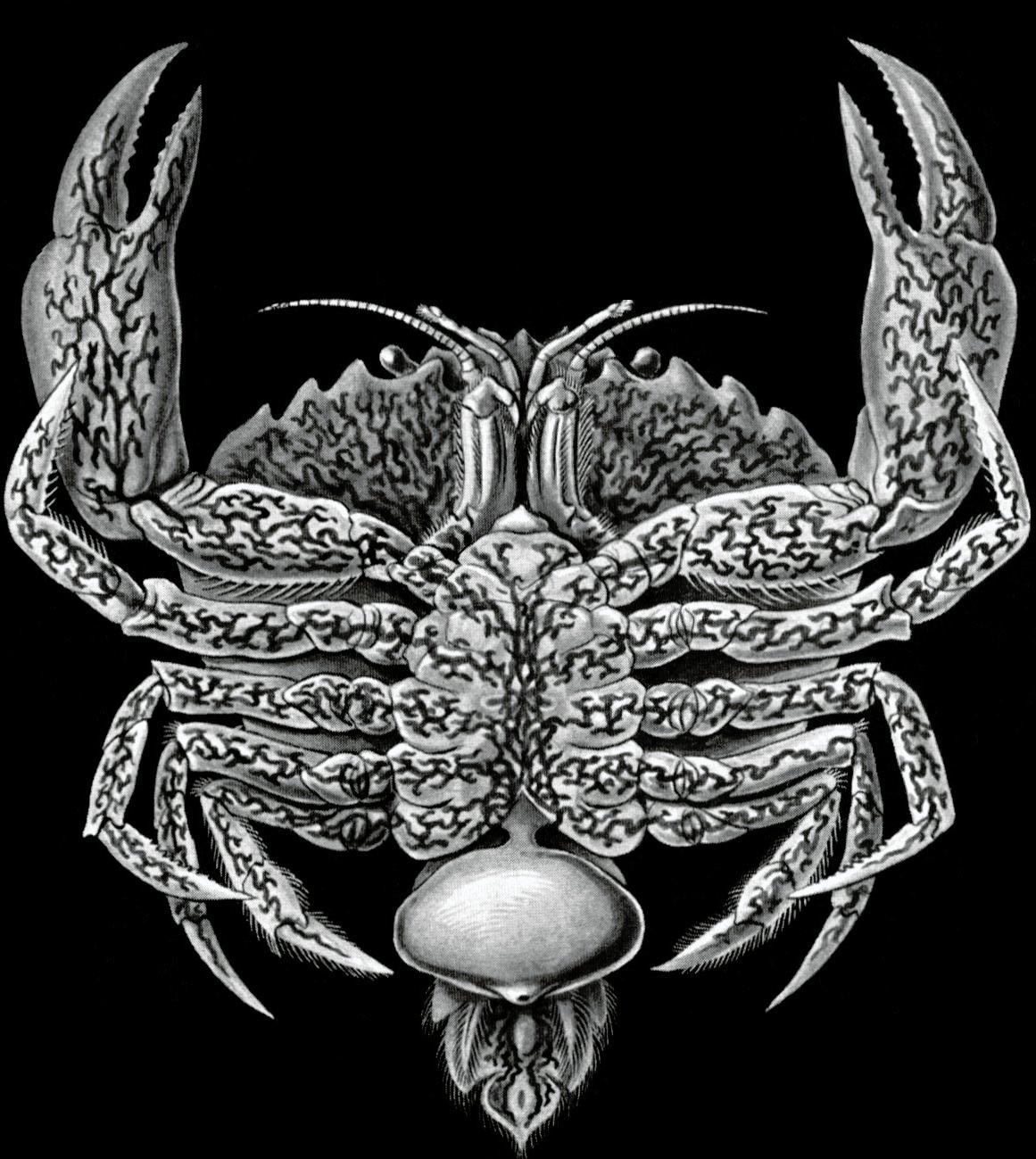
Sacculina is not your ordinary barnacle. Unlike its relatives that cling to rocks or boat hulls, Sacculina has evolved to become a master parasite. Its life mission is to infiltrate the bodies of unsuspecting crabs, and it does so with chilling efficiency. The adult Sacculina is barely recognizable as a barnacle at all; instead, it resembles a soft, root-like mass that lives entirely within its host. Despite its humble appearance, Sacculina wields incredible power over its victim, orchestrating changes that go far beyond simple parasitism.
How the Attack Begins
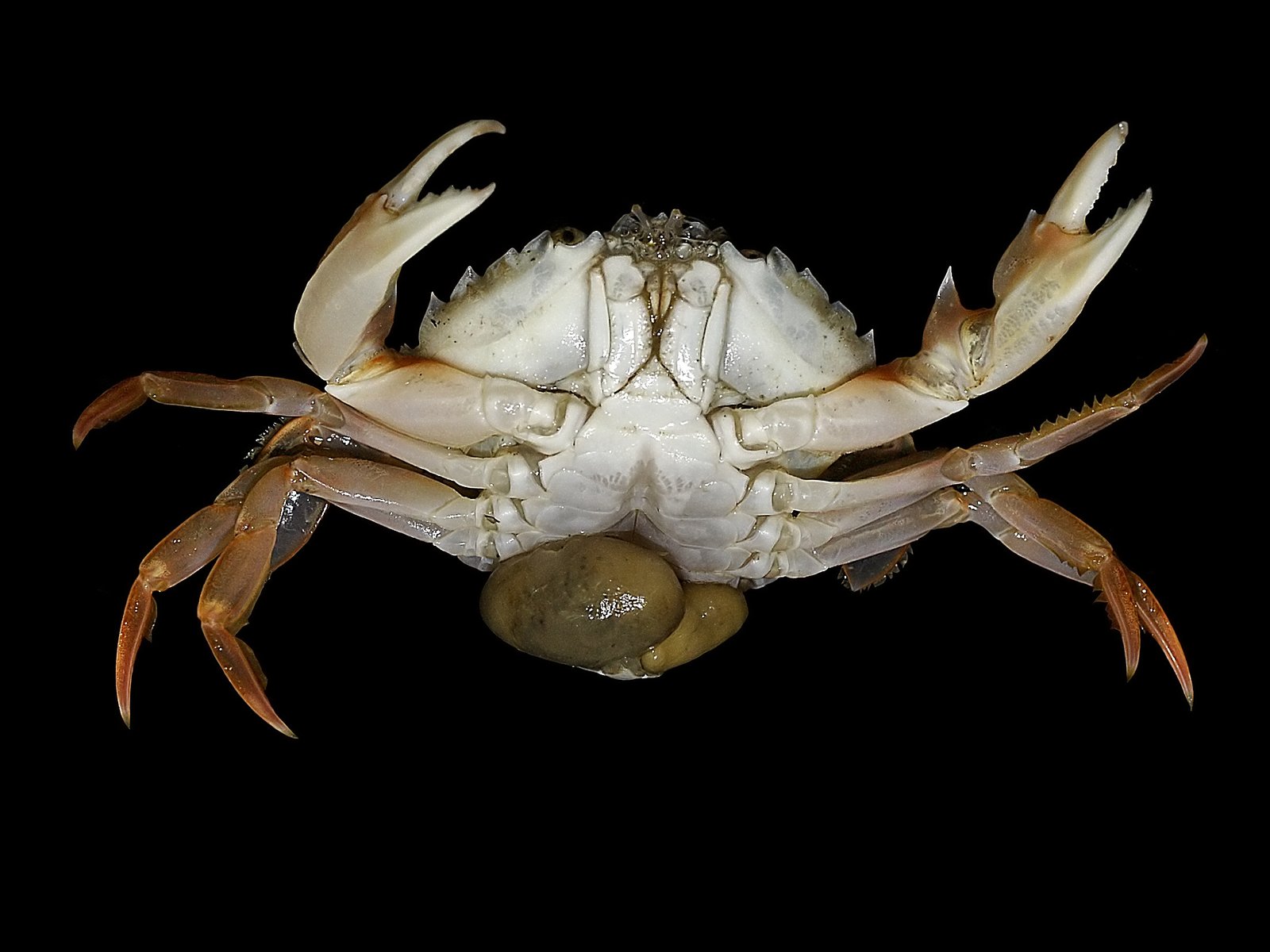
The invasion starts when a microscopic female Sacculina larva finds a crab and lands on its shell. She searches for a vulnerable spot, such as a joint or a thin section, and then injects herself into the crab’s body. Once inside, she sheds her hard shell and transforms into a blob that spreads roots throughout her host. These roots, called “interna,” snake through the crab’s tissues, absorbing nutrients directly from its blood. The process is so stealthy that the crab often doesn’t realize it has been invaded—at least, not at first.
The Ultimate Hijacking: Castration
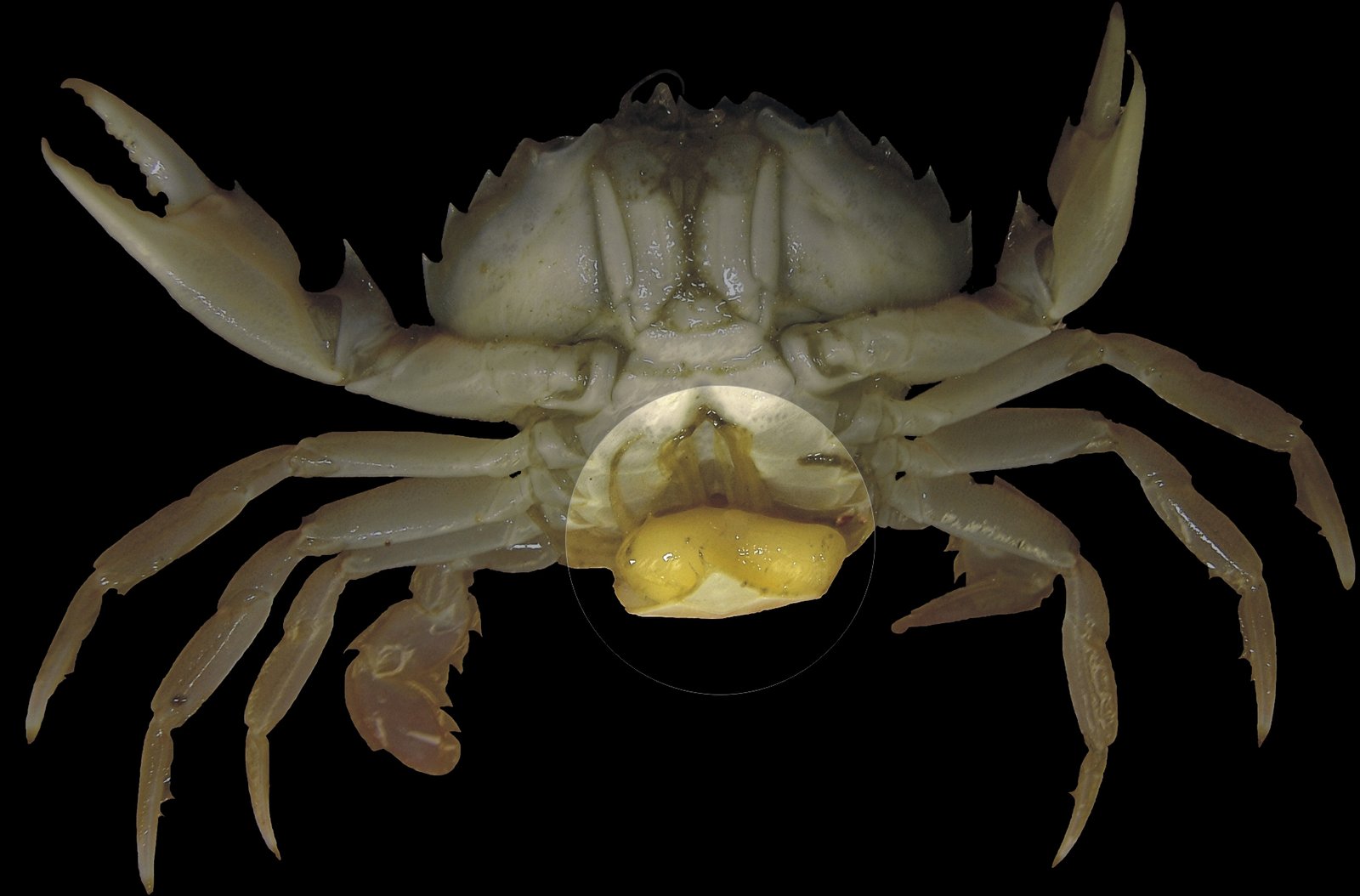
One of Sacculina’s most shocking tricks is how it renders its host infertile. As the parasite grows, it releases chemicals that block the crab’s ability to produce eggs or sperm. This castration is absolute: even the crab’s reproductive organs shrink or disappear. By shutting down the crab’s reproductive system, Sacculina ensures that all the host’s energy goes toward nourishing the parasite rather than future crab offspring. It’s a ruthless strategy, but it means Sacculina can thrive without competition for resources within the crab’s body.
Mind Control: Turning Crabs Into Caretakers
Sacculina’s domination goes beyond the physical. The parasite somehow manipulates the crab’s behavior, making it care for the parasite’s offspring as if they were its own. When the parasite is ready to reproduce, it creates a pouch near the crab’s abdomen, mimicking the crab’s natural egg sac. The crab, under Sacculina’s spell, grooms and protects this pouch, even performing the same fanning and cleaning motions used for real eggs. Incredibly, even male crabs, which never brood eggs, are compelled to care for the parasite’s young.
Male Crabs Under a Spell
Sacculina’s power is so profound that it can even feminize male crabs. The parasite alters the male’s body shape, broadening the abdomen to resemble that of a female, and suppresses typical male behaviors. This transformation is more than skin deep—hormonal changes rewire the crab’s instincts, making it believe it should nurture the parasite’s brood pouch. Watching a male crab, once aggressive and territorial, now tenderly tending to Sacculina’s offspring is both fascinating and disturbing.
Stealing Identity: The Physiological Changes
The internal roots of Sacculina don’t just siphon off nutrients; they also manipulate the crab’s hormonal balance. This results in stunted growth, altered molting cycles, and sometimes even changes in coloration. The crab’s own biological rhythms are overridden by the needs of the parasite. Over time, the host loses its distinctive features and becomes a vessel for Sacculina’s reproduction. The transformation is so complete that scientists sometimes refer to infected crabs as “zombies,” their minds and bodies completely hijacked.
Life Cycle of a Puppet Master
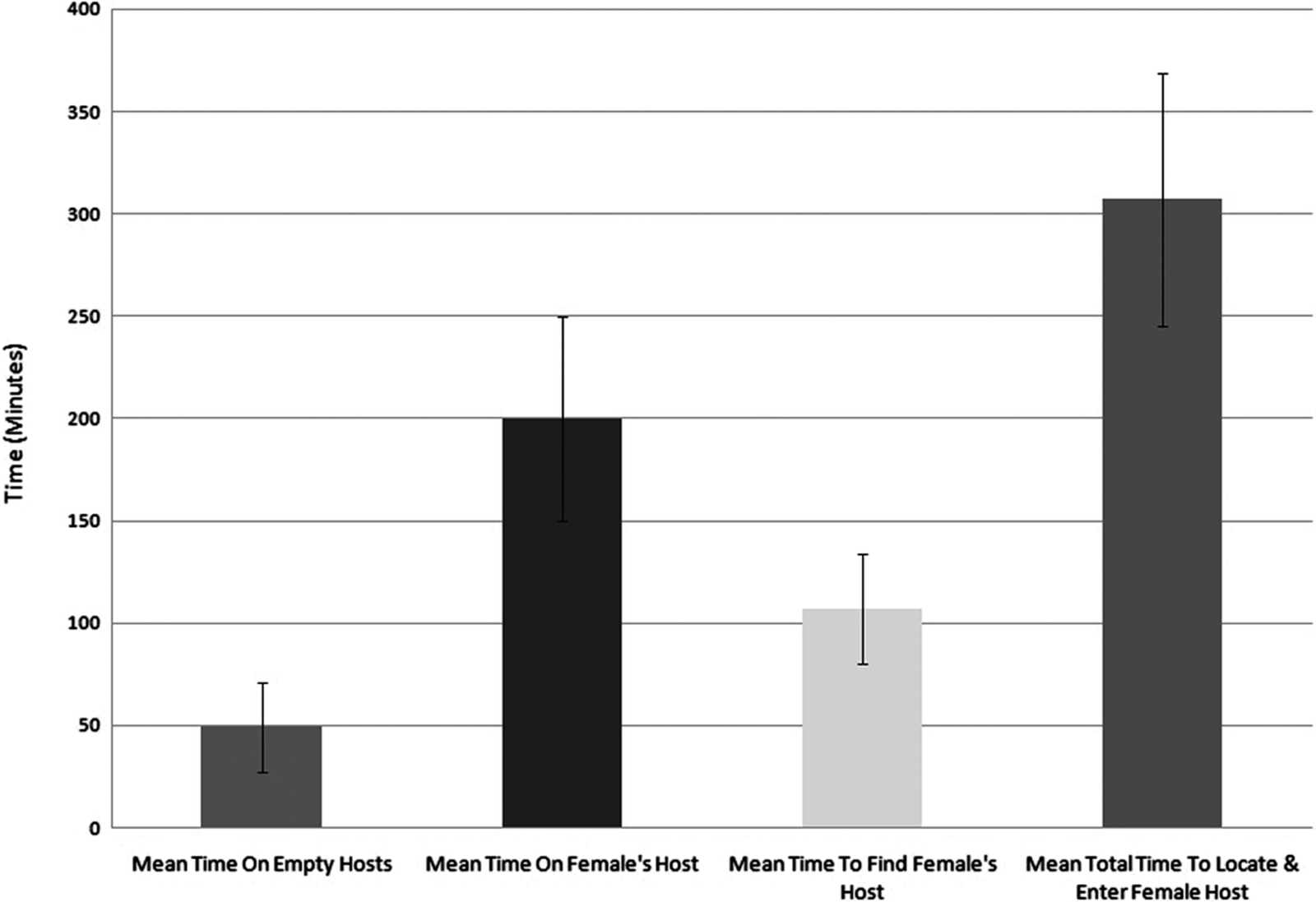
Sacculina’s own reproductive cycle is as complex as its parasitic tactics. Once the crab’s body has been taken over, the mature female Sacculina produces thousands of tiny larvae, which are released into the water from the crab’s abdomen. These larvae drift with the currents until they encounter new crab hosts, continuing the sinister cycle. The original crab, meanwhile, remains alive but is no longer truly itself, doomed to serve the next generation of parasites.
Ecological Impact: A Hidden Threat
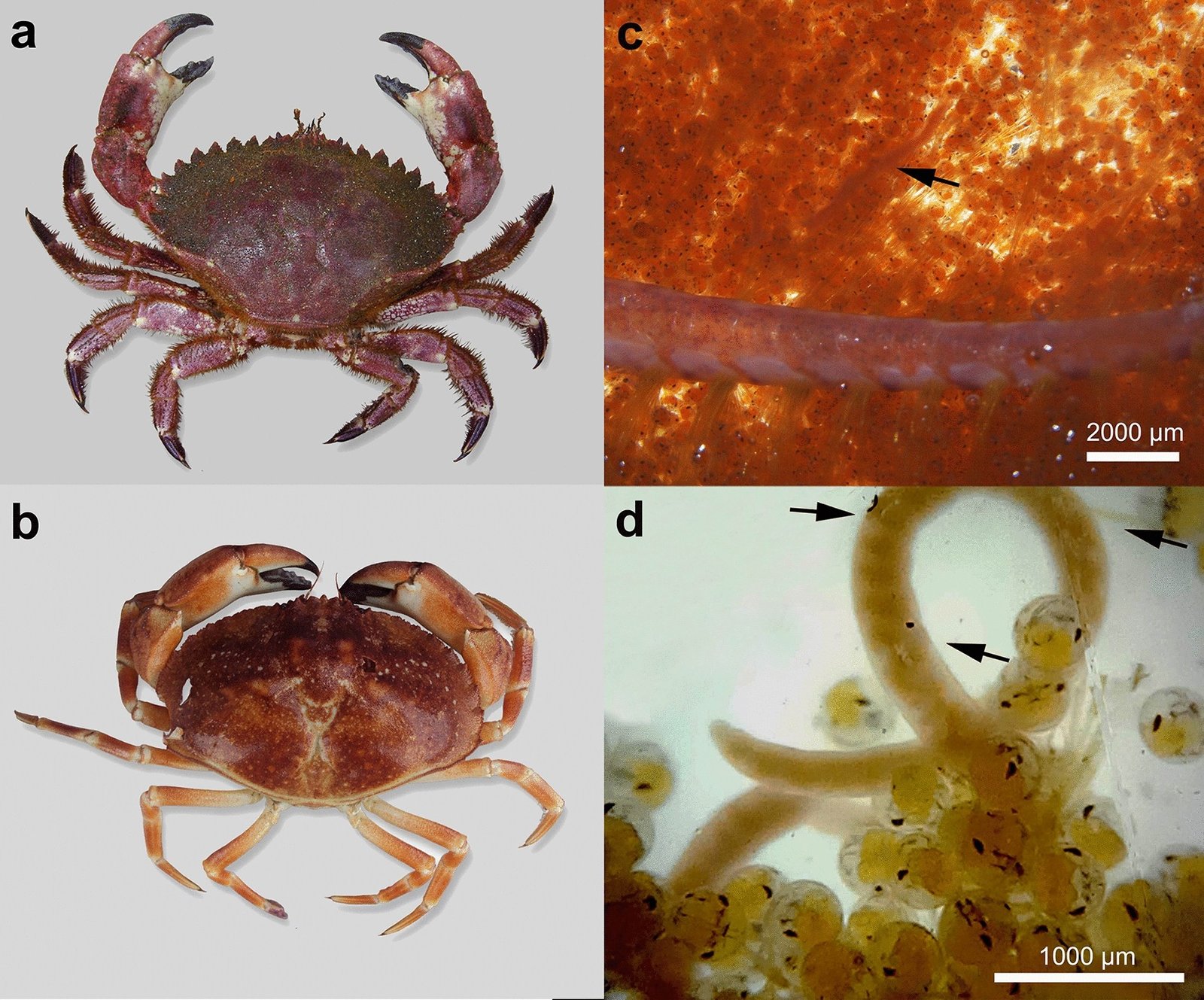
The influence of Sacculina isn’t limited to individual crabs. In areas where the parasite is common, entire crab populations can be affected. Since infected crabs can no longer reproduce, their numbers can decline dramatically, sometimes threatening the balance of local ecosystems. Crabs play important roles as scavengers and predators, so their decline can ripple through the food web, affecting everything from shellfish populations to the birds and fish that feed on crabs.
Scientific Curiosity and Ethical Dilemmas
Researchers are captivated by Sacculina’s bizarre biology, studying it to understand how parasites can manipulate their hosts. The mechanisms behind Sacculina’s mind control remain a mystery—how does a simple barnacle rewire a crab’s instincts so completely? Some scientists hope these secrets could someday inspire medical breakthroughs, such as new ways to control harmful pests. Yet, there’s also an ethical dimension when considering if such manipulations could ever be justified or used responsibly.
The Unseen Drama Below the Surface

For most people, barnacles are just tiny bumps on rocks or boat hulls. The reality of Sacculina’s parasitic lifestyle is both astonishing and unsettling. It’s a reminder that nature is full of hidden dramas, many more complex and brutal than we might imagine. The next time you spot a crab on the shore, consider the invisible battles it might be fighting. Will you ever look at a simple crab the same way again?

